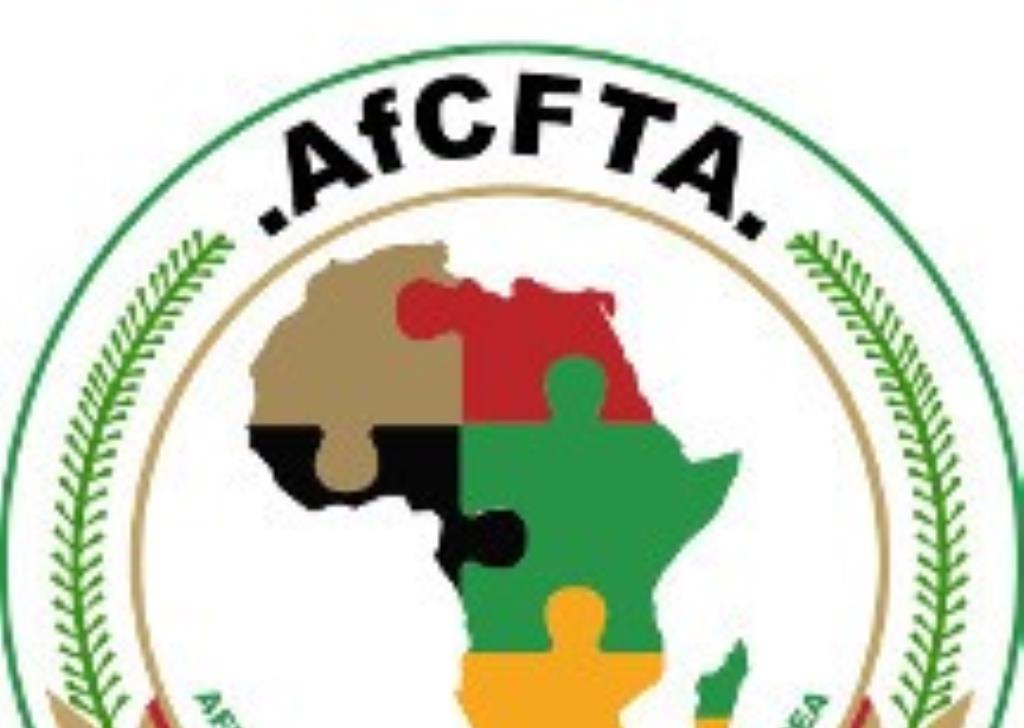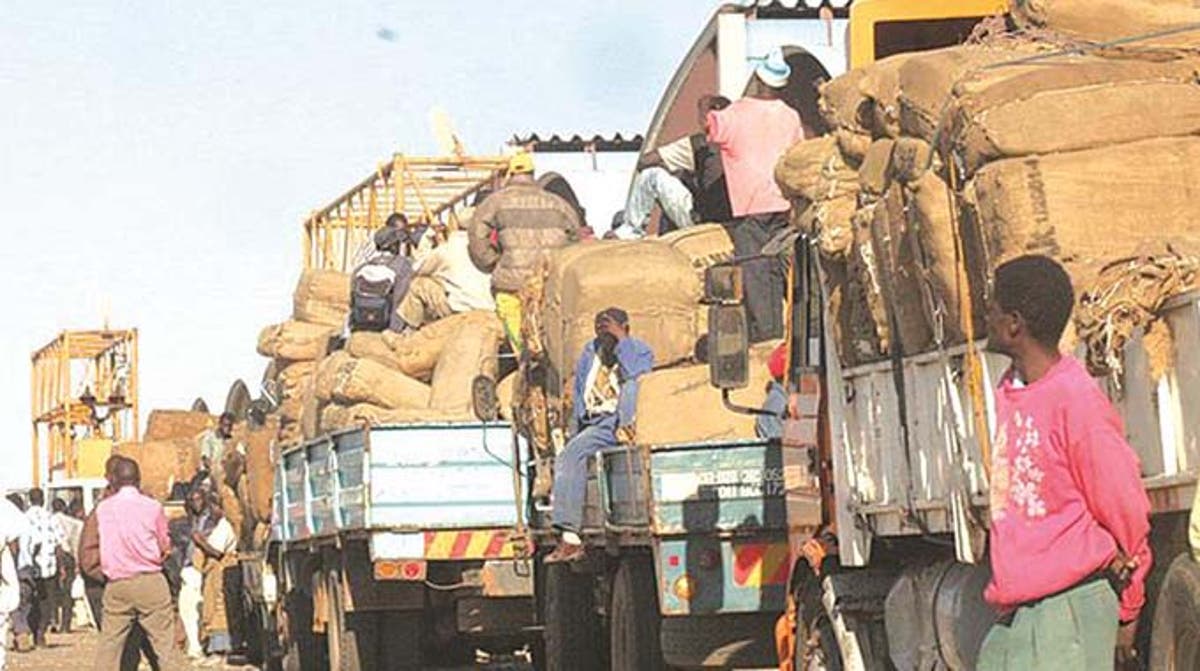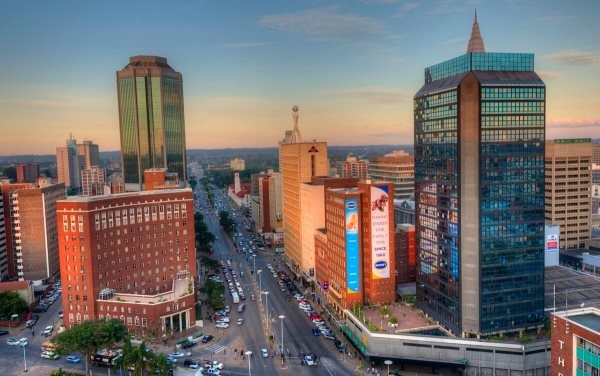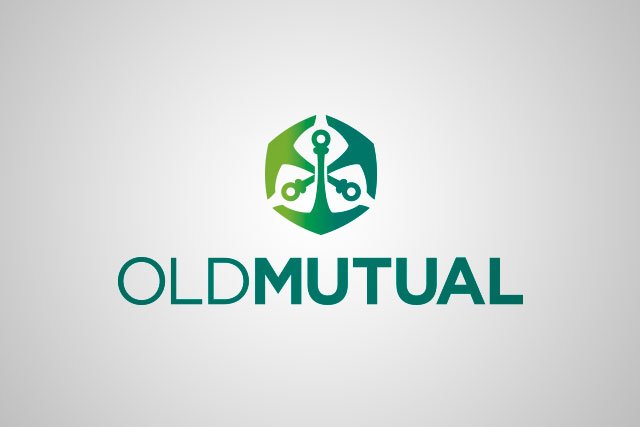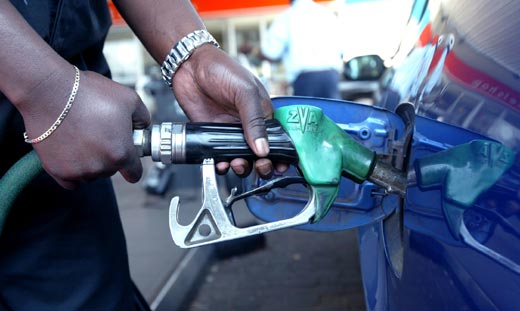Dry port to cut fuel transit costs
Plans by Zimbabwe to position itself as a regional fuel dry port using its strategic central location and existing and planned capacity upgrades, could cut fuel transport costs by 40 to 63 percent, it has been learnt.
State-owned National Oil and Infrastructure Company of Zimbabwe (NOIC), intends to upgrade its existing infrastructure, use extensive storage capacity and build a larger fuel pipeline to position Zimbabwe as a fully equipped fuel dry port in the Sadc region.
Zimbabwe and Mozambique operate the Feruka Oil Pipeline, nearly 500 kilometres from Beira Port in Mozambique through Mutare in the Eastern highlands to Harare, with capacity to carry six million litres of diesel and petrol per day, enough to serve the country and the region.
Similarly, the Southern African nation boasts 542 million litres of storage capacity, largely located in Mutare and Harare, but has further significant holding capacity in Beitbridge and Bulawayo.
As such, NOIC has embarked on measures to fully exploit Zimbabwe’s central location in the region, its existing facilities and planned infrastructure to position the country as a regional fuel hub.
NOIC chairman, Engineer Daniel McKenzie, told regional diplomats from Botswana, DRC, Malawi, South Africa and Zambia, after a tour of the oil infrastructure firm’s Harare facilities this week, that Zimbabwe had capacity to serve their countries’ fuel needs at lower transport costs.
Energy and Power Development Minister Zhemu Soda, concurred telling the diplomats that the objective of the plans was ensuring security of supply of petroleum products in the region, collaboration that will drive economic growth and prosperity.
Eng McKenzie appealed to the regional countries to back Zimbabwe’s plans to become a SADC fuel transportation and distribution hub, which would significantly cut down fuel freight costs, as buyers from the region will simply pick up the commodity from Zimbabwe.
It currently costs an average of US$0,22 to transport a litre of fuel by road, US$0,10 by rail and US$0,8 by pipeline.
NOIC says while little can be done about road transport costs, the costs for pipeline and rail can progressively come down to US$0,6 and US$0,3 per litre by 2025.
“We have put in place mechanisms to ensure that we achieve this level of competitiveness by pipeline.
“You can see the high cost of transportation by road. There is nothing we can do about that,” Eng McKenzie said.
At its depots across the country, Eng McKenzie said NOIC has a loading capacity of 11 million litres of diesel and 6,5 million litres of petrol per day.
“With this capacity, NOIC is able to service the needs of the hinterland market as well as our national requirements (using Beira),” Eng Mckenzie said.
Beira can handle 2 million tonnes of fuel cargo by pipeline, 800 000 tonnes by rail and 3 million tonnes by road per annum.
While other regional countries like Namibia and South Africa do have sea ports for transportation of fuel, Mozambique’s Beira is the most nearest and cheapest to source markets, making it the natural choice to service the region.
Eng McKenzie said the option open to regional countries namely Botswana, DRC, Malawi and Northern parts of South Africa, would be to purchase stock directly from traders and pick it up in Harare or Mutare for delivery in destination markets by road.
“By 2022 there is a need to strengthen and rehabilitate regional railway lines. Some of the areas in our railway system are a bit weak. By 2020-2021 we need to provide and install a regional rail control system,” he said, adding that there was a need to increase rolling stock for rail.
In the short-term, NOIC intends to upgrade the existing pipeline and renegotiate terms of usage.
Between 2022 and 2025, NOIC’s plans are to design and build a new pipeline with a capacity to carry 50 million litres per day to serve Zimbabwe and the region.
While he would not say how much the planned project will cost, earlier estimated indicated that a new fuel pipeline would cost something around US$1 billion.
Addressing diplomats of the targeted hinterland in Harare, Foreign Affairs and International Trade Dr Minister Sibusiso Moyo, said the plans by Noic were an integral element of the regional integration agenda, particularly in energy, which his ministry will fully support.
“This is supported by Sadc, which has been developing and implementing programmes and strategies to support energy and power development in the region.
“The Sadc protocol on energy, developed in 1996, has a framework on cooperation in energy among member states,” Dr Moyo said.
Poor road infrastructure, high trade barriers and high transport costs constrain economic development in Africa and have undermined the formation of integrated regional markets, according to the United Nations Conference on Trade and Development (UNCTAD).
Estimates show that interventions to upgrade and integrate road networks or transport systems in Sub-Saharan Africa could lead to an expansion in overland trade of around $250 billion over 15 years based on conservative assumptions.-ebusinessweekly.co.zw



